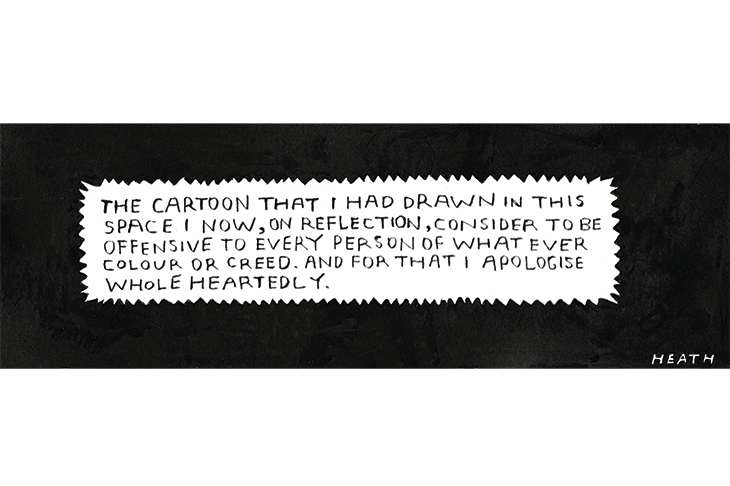Home
Britain went into a frenzy of iconoclasm. The statue of Winston Churchill in Parliament Square was hidden by the Mayor of London in wooden crating. Boris Johnson, the Prime Minister, said: ‘It is absurd and shameful that this national monument should today be at risk of attack by violent protestors.’ The next day he accused right-wing protestors of ‘racist thuggery’ when they gathered in London to take on supporters of Black Lives Matters, but, failing to confront them, attacked the police instead. A man seen urinating next to a memorial for PC Keith Palmer at the railings of parliament was sent to jail for two weeks convicted of outraging public decency. The Prime Minister promised a cross-government commission on racial inequality. The Guy’s and St Thomas’ NHS Foundation Trust announced it had ‘decided to remove statues of Robert Clayton and Thomas Guy from public view’; they were boxed up. Thomas Guy had made money for the foundation of the hospital by owning, then selling, shares in the South Sea Company; his statue from 1734 is listed Grade II. Robert Clayton, a Lord Mayor of London, had served as an assistant to the Royal African Company 1672-81; his statue by Grinling Gibbons from 1714 is listed Grade I.
A steroid called dexamethasone was found to benefit Covid patients needing oxygen or ventilator treatment. At the beginning of the week, Sunday 14 June, total deaths from Covid-19 stood at 41,662; a week earlier the total had been 40,465. Boris Johnson commissioned a review into the two-metre social distancing guidance. In England single adults living alone — or with children under 18 — were permitted to form a ‘support bubble’ with one other household of any size, visiting or even staying overnight.








Comments
Join the debate for just £1 a month
Be part of the conversation with other Spectator readers by getting your first three months for £3.
UNLOCK ACCESS Just £1 a monthAlready a subscriber? Log in